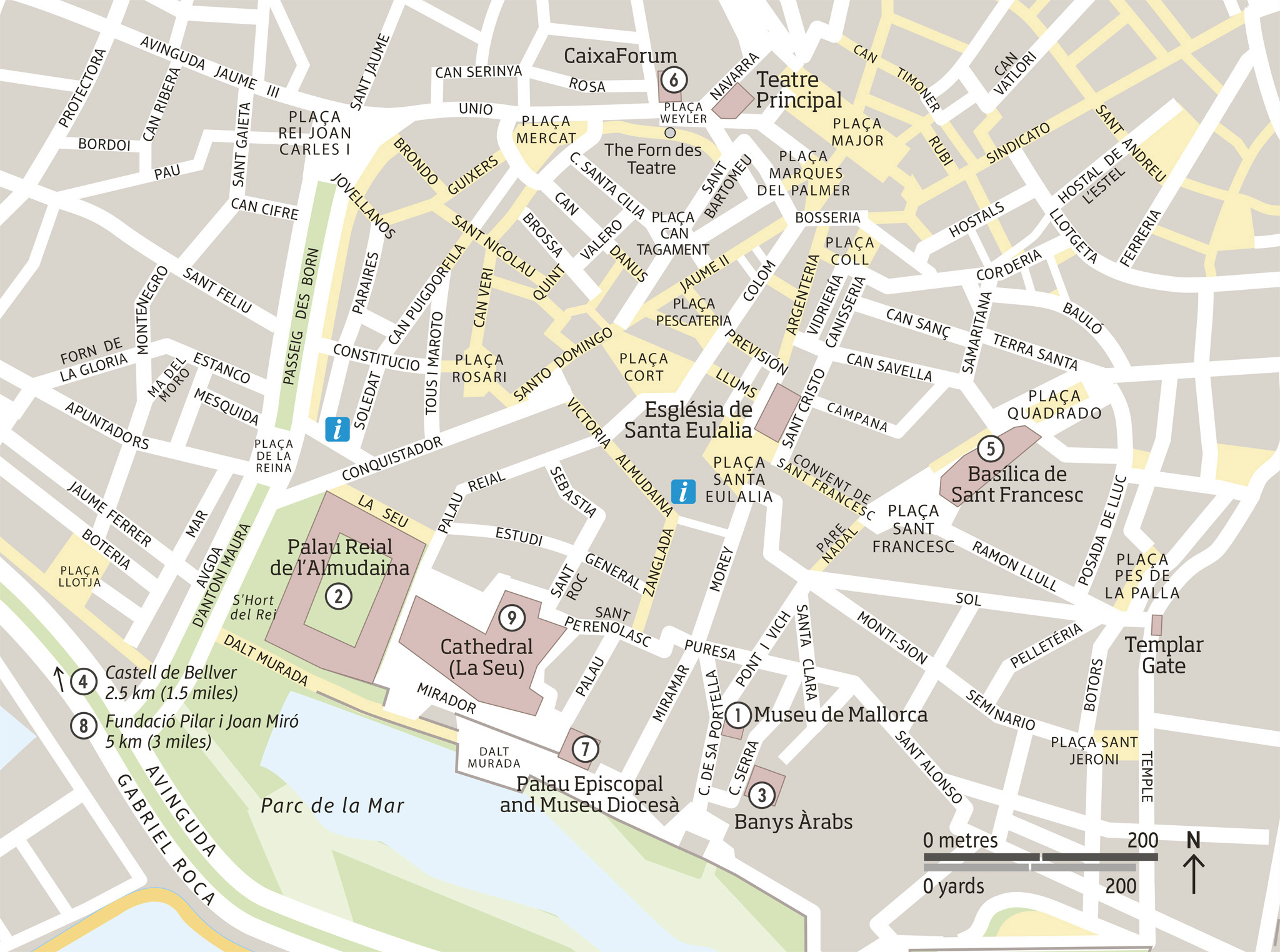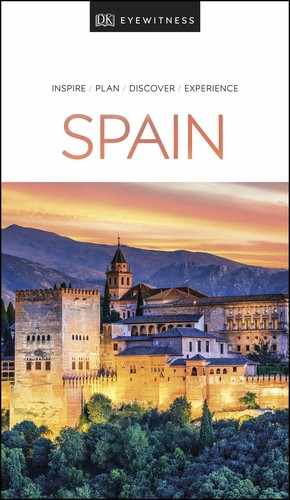On an island whose name has become synonymous with mass tourism, Palma surprises with its cultural richness. Under the Moors it was a prosperous town of fountains and cool courtyards, and signs of this past wealth are still evident in the sumptuous religious buildings, grand public constructions and fine private mansions that crowd the atmospheric Old Town.

t Boats lined neatly within Palma’s harbour at sunset
Experience The Balearic Islands

n Double-tap image to read the labels
This museum occupies the Palau Ayamans, a residence built around 1630. The palace was erected on the foundations of a 12th-century Arab house, which is still visible in the underground rooms of the museum. Opened in 1968, the Museu de Mallorca houses a superb collection of works of art associated with Mallorcan history. The collection comprises thousands of exhibits and includes prehistoric artifacts, stone fragments of fallen buildings, priceless Moorish ceramics and jewellery, and medieval and Baroque paintings.
Almudaina means “citadel” in Arabic. This royal residence of Jaime (Jaume) II was built after 1309, using the walls of an Arab fortress, and the Gothic palace includes Moorish-style arches and carved wooden ceilings. It is the official residence of the Spanish monarch. Don’t miss the graceful Santa Ana chapel.
This 10th-century hammam (bathhouse) is one of the few architectural reminders of a Moorish presence on the islands. A horseshoe-arched chamber, it has survived in its original form.
EXPERIENCE The Balearic Islands
|
Eat Forn des Teatre This iconic pastry shop is noted for its delicious ensaïmades (Mallorcan sweet bread pastries) and gató (almond cake). ⌂ Plaça de Weyler 9 # 9am–8pm daily § 620 81 97 43 ¡¡¡ |
About 3 km (2 miles) from the city centre stands Palma’s Gothic castle. Built as a summer residence for Jaime (Jaume) II in the early 14th century, it was then turned into a prison and remained as such until 1915. Today the castle hosts concerts and plays.
Construction of this Gothic church and Franciscan monastery started in 1281 and took 100 years. In the Middle Ages, this was Palma’s most fashionable church, and aristocratic families competed to build ever more elaborate side chapels for their dead.
The church’s severe façade was embellished around 1680 with a Baroque doorway and stone statues. The dark interior (its Gothic windows have been partially bricked up) contains many fine works of art.
The former Grand Hotel was given its present name after the Fundació La Caixa savings bank financed its restoration. Built in 1903, it is the work of Lluís Domènech i Montaner. As a masterpiece of the Modernista style, it has been included on the UNESCO World Heritage list and houses (among other things) a huge collection of Modernista paintings by Hermengildo Anglada-Camarasa.
The Palau Episcopal (Bishop’s Palace) dates mostly from the 17th century, though work on it began in 1238. Several rooms house the charming Museu Diocesà, which displays items from various churches in Mallorca.
When Joan Miró died in 1983, his wife converted his former studio and gardens into an art centre. The building incorporates Miró’s original studio, a permanent collection, a shop, a library and an auditorium.
